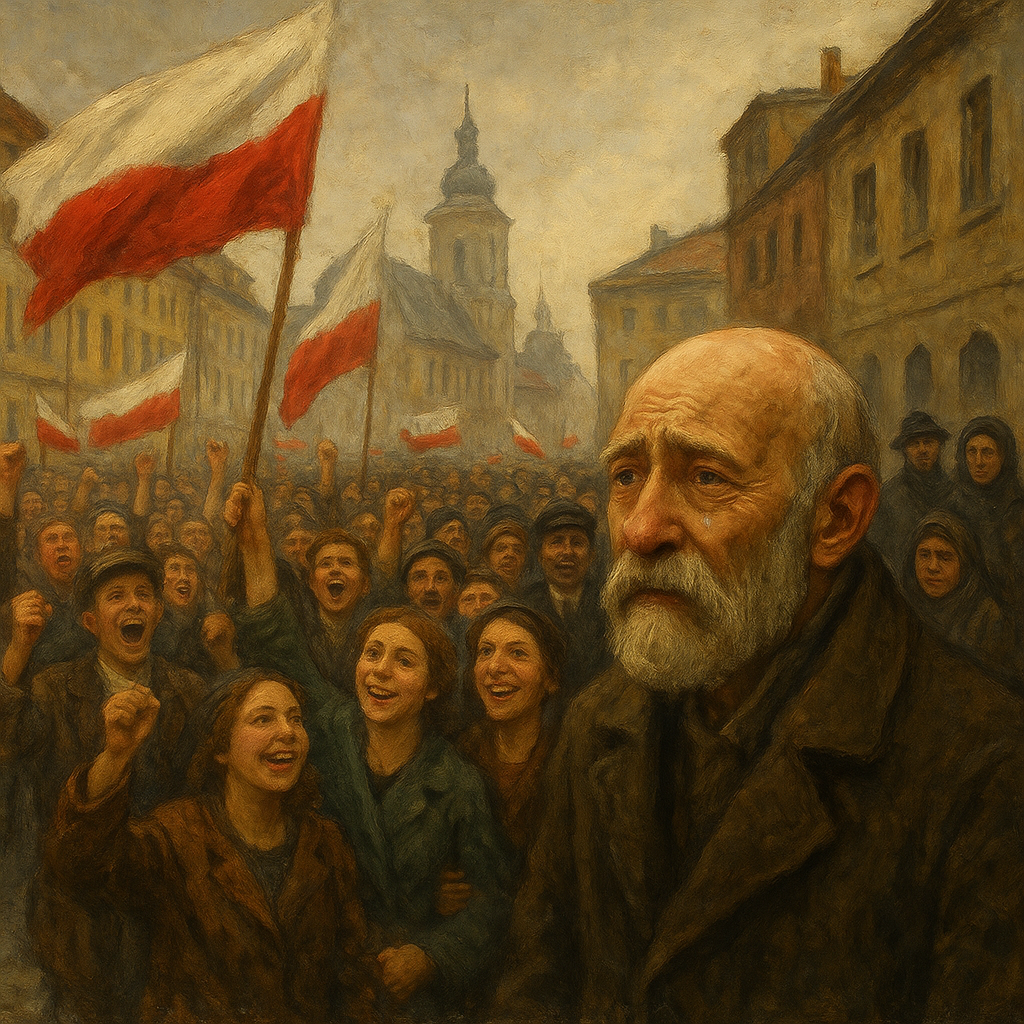Lesson 3: Results of the War (Nationalism and World War I)
🕊️ The League of Nations: A Hope for Peace
After World War I, the world had seen too much death. People wanted peace.
In 1919, many countries created the League of Nations. The goal was to stop wars before they started. Countries would talk instead of fight.
🧠 True Story: U.S. President Woodrow Wilson had the idea for the League. But guess what? The U.S. never joined! American leaders said, “We don’t want to get pulled into more wars.”
The League had good ideas, but no army. So if a country didn’t listen, the League couldn’t do much. Still, it was the first try at making a world group for peace.
🗺️ New National Borders: A Map Changed by War
After the war, many old empires broke apart:
The Austro-Hungarian Empire disappeared
The Ottoman Empire was almost gone
The German Empire lost land
Russia changed after a big revolution
Many new countries were born:
Poland came back after being gone for 100 years
Czechoslovakia and Yugoslavia were created
Austria and Hungary became two different countries
The Middle East was split between Britain and France
🧠 Fun Fact: People celebrated in the streets of Warsaw when Poland became a country again. Old men cried, saying, “We waited our whole lives for this.”
But not everyone was happy. Sometimes, people with different languages and religions were forced to live together in one country. This caused problems later.
💸 Economic Penalties: The Cost of Losing
Germany lost the war—and the peace was very hard on them.
In the Treaty of Versailles (1919), Germany had to:
Say the war was all their fault
Give up land
Make its army smaller
Pay huge money to France and Britain—called reparations
These reparations were billions of dollars. Germany’s economy crashed.
💬 A German woman said, “We used a wheelbarrow of money to buy one loaf of bread.”
Money lost its value. People became poor and angry. Many Germans felt hurt and ashamed.
🧠 This anger helped dangerous leaders—like Adolf Hitler—rise later. He promised to “make Germany strong again.”
